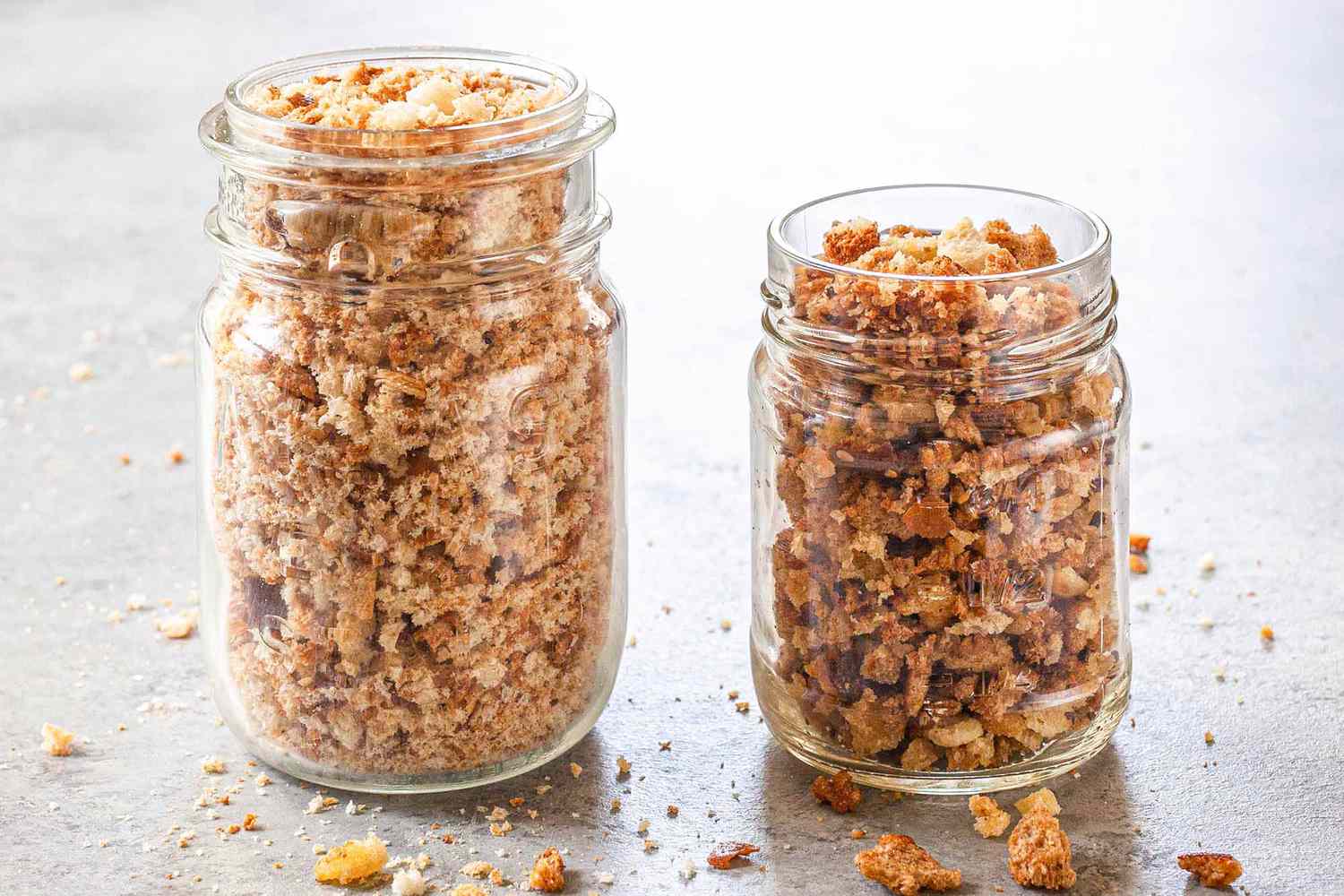

Articles
How To Store Bread Crumbs
Modified: September 1, 2024
Learn the best methods for storing bread crumbs in this informative article. Keep your pantry organized and your crumbs fresh for all your culinary creations.
(Many of the links in this article redirect to a specific reviewed product. Your purchase of these products through affiliate links helps to generate commission for Storables.com, at no extra cost. Learn more)
Introduction
Welcome to the wonderful world of bread crumbs! While it may seem like a simple ingredient, bread crumbs can add texture and flavor to a wide range of dishes, from crispy chicken tenders to savory stuffing. But what happens when you have more bread crumbs than you can use in one go? How do you store them to ensure they stay fresh and ready for your next cooking adventure?
In this article, we will explore the ins and outs of storing bread crumbs. We will discuss the importance of proper storage, factors to consider before storing, and various storage techniques to help you prolong the shelf life of your bread crumbs. So, whether you want to save those precious homemade bread crumbs or have a bulk store-bought package to preserve, we’ve got you covered!
Before we dive into the details, it’s essential to understand why it’s crucial to store bread crumbs correctly. Like any food item, bread crumbs are prone to spoiling if not stored properly. Exposure to air, moisture, and heat can lead to staleness, loss of flavor, and even the growth of mold or bacteria. By following the right storage techniques, you can significantly extend the lifespan of your bread crumbs, ensuring they are always fresh and ready to use.
Now, let’s explore the factors you need to consider before storing your bread crumbs.
Key Takeaways:
- Properly storing bread crumbs is crucial to maintain their freshness and flavor, whether homemade or store-bought. Factors like moisture, air exposure, and heat must be considered to ensure optimal shelf life.
- Transform stale bread into homemade bread crumbs to reduce food waste and add a delightful crunch to your dishes. Store them in airtight containers or freezer-safe bags for extended freshness.
Read more: How To Store A Crumb Coated Cake Overnight
Why Store Bread Crumbs?
You might be wondering, why do I even need to bother storing bread crumbs? After all, can’t I just buy them as needed? Well, while it’s true that you can purchase bread crumbs from the store, there are several reasons why storing them can be beneficial.
Firstly, storing bread crumbs allows you to save money and reduce food waste. When you make your own bread crumbs or purchase them in bulk, you often end up with more than you need for a single recipe. By storing the excess, you can prevent it from going to waste and use it in future recipes.
Secondly, having bread crumbs readily available can save you time and effort in the kitchen. Instead of having to make fresh bread crumbs every time a recipe calls for them, you can simply reach into your storage and grab what you need. This convenience can be particularly handy on busy weeknights when you’re trying to whip up a quick and easy meal.
Lastly, storing bread crumbs allows you to experiment and get creative in the kitchen. Bread crumbs can be used in a variety of dishes, from breading meat and fish to adding a crunchy topping to casseroles and gratins. By having a stash of bread crumbs on hand, you can easily add a touch of texture and flavor to your culinary creations.
Overall, storing bread crumbs is an excellent way to save money, reduce food waste, and add convenience to your cooking routine. Now that we understand why it’s important to store bread crumbs, let’s explore the factors you should consider before storing them.
Factors to Consider Before Storing Bread Crumbs
When it comes to storing bread crumbs, there are a few important factors to consider. These factors can help ensure that your bread crumbs stay fresh and maintain their quality for as long as possible. Let’s take a look at them.
1. Moisture: Moisture is the enemy of bread crumbs. Any exposure to moisture can lead to clumping and spoilage. It’s important to store bread crumbs in a dry environment and ensure that they are completely cool before storing them.
2. Air: Like moisture, air can also affect the quality of bread crumbs. Oxygen can lead to oxidation, which can make the bread crumbs stale and affect their taste and texture. It’s essential to store bread crumbs in airtight containers to minimize air exposure.
3. Heat: High temperatures can accelerate the degradation process of bread crumbs, leading to quicker spoilage. It’s important to store bread crumbs in a cool and dark place to prevent them from becoming stale or rancid.
4. Contamination: To maintain the quality and safety of your bread crumbs, it’s crucial to prevent any contamination. Make sure your hands and storage containers are clean and free from any moisture or foreign particles before storing the bread crumbs.
5. Shelf Life: Lastly, it’s essential to consider the shelf life of bread crumbs before storing them. Homemade bread crumbs typically have a shorter shelf life than store-bought varieties. It’s worth noting the expiration date on store-bought bread crumbs and using them within that timeframe.
By taking these factors into account, you can ensure that your stored bread crumbs remain fresh and ready to use. In the next section, we will discuss the various container options suitable for storing bread crumbs.
Choosing the Right Container
Now that we understand the factors to consider when storing bread crumbs, it’s time to explore the different container options available. The right container plays a crucial role in preserving the freshness and quality of your bread crumbs. Here are a few options to consider:
1. Airtight Plastic Containers: Airtight plastic containers are a popular choice for storing bread crumbs. These containers prevent air and moisture from entering, ensuring that the bread crumbs stay dry and crispy. Look for containers that have a tight-fitting lid and are made of food-grade, BPA-free plastic.
2. Glass Jars: Glass jars can be an excellent alternative to plastic containers. They are non-porous, which means they won’t absorb odors or flavors from the bread crumbs. Look for jars with airtight lids and ensure they are thoroughly clean and dry before transferring the bread crumbs.
3. Ziplock Bags: Ziplock bags are a convenient and space-saving option for storing bread crumbs. Choose high-quality, freezer-safe bags that have a secure zip closure. Press out any excess air before sealing the bag to minimize air exposure.
4. Vacuum Sealed Bags or Containers: For ultimate freshness, consider vacuum sealing your bread crumbs. Vacuum sealing removes all the air from the bag or container, effectively preventing moisture and oxygen from reaching the bread crumbs. This method can significantly extend the shelf life of your bread crumbs.
5. Metal Tins: Metal tins can be a charming and durable option for storing bread crumbs. Look for tins with a tight-fitting lid to ensure proper sealing. Avoid using tins that are prone to rust, as this can affect the quality of the bread crumbs.
When choosing a container, consider the quantity of bread crumbs you have and how often you plan to access them. It’s important to select a container that is the right size to minimize unnecessary air space. Additionally, ensure that the container is clean and completely dry before transferring the bread crumbs.
Now that you know about the container options, let’s move on and discuss the shelf life of bread crumbs.
Shelf Life of Bread Crumbs
Understanding the shelf life of bread crumbs is essential for knowing how long you can store them before they start to lose their freshness and quality. While the shelf life can vary depending on factors such as storage conditions and the type of bread crumbs, here are some general guidelines to keep in mind:
Store-Bought Bread Crumbs: Store-bought bread crumbs typically have a longer shelf life compared to homemade ones. They often come with a best before date printed on the packaging. It’s advisable to use them within that timeframe to enjoy optimal flavor and texture. However, even after the best before date, they can still be safe to consume as long as they have been stored properly and show no signs of spoilage.
Homemade Bread Crumbs: Homemade bread crumbs usually have a shorter shelf life than store-bought ones. This is because they may not contain preservatives or additives to prolong their freshness. Generally, homemade bread crumbs can be stored for up to 3 to 6 months in airtight containers in a cool, dry place. However, it’s always best to assess their quality by checking for any signs of spoilage, such as mold or an off smell, before use.
It’s worth noting that the shelf life of bread crumbs can be extended by storing them in the freezer. In the next section, we will discuss the techniques for storing bread crumbs in both the pantry and freezer.
Now that we have a good understanding of the shelf life of bread crumbs, let’s explore some essential storage tips and techniques.
Read more: How To Store Progresso Bread Crumbs
Storage Tips and Techniques
Proper storage is key to maintaining the freshness and quality of your bread crumbs. Whether you choose to store them in the pantry or freezer, here are some essential tips and techniques to ensure optimal storage:
1. Keep it Dry: Moisture is the enemy of bread crumbs. Before storing them, ensure that the bread crumbs are completely cool and dry. Even a small amount of moisture can lead to clumping and spoilage.
2. Use Airtight Containers: Regardless of whether you store them in the pantry or freezer, always use airtight containers to prevent air and moisture from reaching the bread crumbs. This will help maintain their crispness and flavor.
3. Label and Date: To keep track of the freshness of your bread crumbs, label the containers with the contents and the date of storage. This way, you can easily identify and use the oldest bread crumbs first.
4. Store in a Cool Place: Ideally, store bread crumbs in a cool, dry place away from direct sunlight and heat sources. A pantry or a cupboard is generally suitable for this purpose. Avoid storing them near the oven or stove, as the heat can affect their quality.
5. Freezer Storage: If you have a large quantity of bread crumbs or want to extend their shelf life, consider storing them in the freezer. Place the bread crumbs in an airtight container or freezer-safe bag and remove as much air as possible before sealing. Properly stored bread crumbs can last up to a year in the freezer.
6. Regularly Check for Signs of Spoilage: It’s important to regularly check your bread crumbs for any signs of spoilage, such as mold growth or an off smell. If you notice any of these signs, discard the bread crumbs immediately.
By following these storage tips and techniques, you can ensure that your bread crumbs stay fresh and flavorful for an extended period.
Now let’s discuss the specific methods for storing bread crumbs in the pantry and freezer.
Store bread crumbs in an airtight container or resealable bag at room temperature for up to 6 months. For longer storage, freeze them in a freezer-safe container for up to a year.
Storing Bread Crumbs in the Pantry
If you plan to use your bread crumbs within a few months, storing them in the pantry can be a convenient option. Follow these steps to ensure the best storage conditions:
- Prepare the bread crumbs: Ensure that your bread crumbs are completely cool and dry before storing them. If you have just made homemade bread crumbs, allow them to cool down to room temperature.
- Choose the right container: Opt for an airtight container that is suitable for pantry storage. Plastic containers, glass jars, or metal tins with secure lids are all good options.
- Transfer the bread crumbs: Transfer the bread crumbs to the chosen container and ensure that it is tightly sealed. This will prevent air and moisture from reaching the bread crumbs.
- Store in a cool place: Place the container in a cool and dry area of your pantry, away from direct sunlight or heat sources. A dark cabinet or cupboard is an ideal spot.
- Label and date: Label the container with the contents and the date of storage. This will help you keep track of the freshness of the bread crumbs.
- Regularly check for spoilage: Periodically inspect the bread crumbs for any signs of spoilage, such as mold growth or a rancid smell. If you notice any issues, discard the bread crumbs immediately.
By following these steps, your bread crumbs should stay fresh and ready for use in your pantry for several months.
Now let’s move on to exploring the technique of storing bread crumbs in the freezer.
Storing Bread Crumbs in the Freezer
If you want to extend the shelf life of your bread crumbs or have a large quantity to store, the freezer is a great option. Here’s how you can do it:
- Prepare the bread crumbs: Ensure that your bread crumbs are completely cool and dry before storing them. If you’ve just made homemade bread crumbs, let them cool down to room temperature.
- Choose freezer-safe containers or bags: Opt for containers or bags that are specifically designed for freezer storage. These should be airtight and made of materials that can withstand cold temperatures.
- Package the bread crumbs: Divide the bread crumbs into smaller portions based on your usage needs. This will make it easier to thaw only what you need. Seal each portion tightly in an airtight container or bag, removing as much air as possible.
- Label and date: Label each container or bag with the contents and the date of storage. This will help you identify and use the oldest bread crumbs first.
- Store in the freezer: Place the containers or bags of bread crumbs in the freezer, preferably in a dedicated section or drawer where they won’t get crushed or damaged.
- Thawing and using frozen bread crumbs: When you need to use the frozen bread crumbs, simply remove the desired portion from the freezer and let it thaw in the refrigerator. Alternatively, you can use them directly in recipes that require baking or frying, without thawing them first.
- Check for spoilage: Periodically check the bread crumbs for any signs of spoilage, such as freezer burn or off flavors. If you notice any issues, discard the affected portions.
When stored properly in the freezer, bread crumbs can retain their quality and flavor for up to a year or sometimes even longer.
Now that you know how to store bread crumbs in the freezer, we will explore some alternative storage methods in the next section.
Alternative Storage Methods
In addition to storing bread crumbs in the pantry or freezer, there are a few alternative storage methods you can consider. These methods may be suitable depending on your preferences and the specific circumstances. Let’s explore them:
- Vacuum Sealing: Vacuum sealing is an excellent option to prolong the shelf life of bread crumbs. Using a vacuum sealer, remove all the air from the bag or container before sealing. This method helps prevent moisture and oxygen from reaching the bread crumbs, keeping them fresh for an extended period.
- Mason Jars with Oxygen Absorbers: To maintain the freshness of your bread crumbs, you can store them in mason jars along with oxygen absorbers. These absorbers help remove any remaining oxygen in the jar, preventing oxidation and staleness. This method is especially useful for long-term storage.
- Refrigerator Storage: While the pantry and freezer are the preferred storage options, you can also store bread crumbs in the refrigerator for short periods. However, be cautious as the moisture levels in the refrigerator can make the bread crumbs clumpy. Use airtight containers and try to use them within a week.
- Hermetic Jars: Hermetic jars, which have an airtight seal created by a rubber gasket and a locking mechanism, can be an effective storage option. These jars help maintain the freshness and quality of the bread crumbs by preventing air and moisture from entering. Ensure that the jars are clean and dry before transferring the bread crumbs.
- Desiccant Packs: Placing desiccant packs, such as silica gel or food-grade oxygen absorbers, in the container with the bread crumbs can help absorb any excess moisture and extend their shelf life. Ensure that the desiccant packs are safe for food contact before using them.
These alternative storage methods can be utilized based on your specific needs and preferences. Always assess the quality of your bread crumbs before using them and discard any that show signs of spoilage.
With these storage methods covered, let’s move on to a creative way of using stale bread to make homemade bread crumbs.
Read more: How To Make A Crumb Quilt
Using Stale Bread to Make Homemade Bread Crumbs
Don’t let your stale bread go to waste! Instead, transform it into delicious homemade bread crumbs that are perfect for adding flavor and texture to your recipes. Here’s how you can turn stale bread into homemade bread crumbs:
- Preparation: Start by preheating your oven to around 300°F (150°C). Gather your stale bread slices, either fresh or frozen.
- Slice or tear the bread: Depending on your preference and the texture you desire for your bread crumbs, you can either slice the bread into thin pieces or tear it into small chunks.
- Spread out the bread: Lay the bread slices or chunks on a baking sheet in a single layer. Make sure they are well-spaced, allowing for even drying and to prevent them from sticking together.
- Dry in the oven: Place the baking sheet with the bread in the preheated oven. Bake for about 15-20 minutes, or until the bread becomes brittle and lightly toasted. Keep a close eye on them to prevent burning.
- Cool and blend: Once the bread is toasted and crisp, remove it from the oven and let it cool completely. You can then break the bread into smaller pieces and transfer them to a food processor or blender. Pulse until you achieve the desired crumb texture.
- Store the homemade bread crumbs: Transfer the freshly made bread crumbs to an airtight container. Ensure that the container is completely dry to prevent any moisture from spoiling the bread crumbs. Label the container with the date of preparation.
- Use in your favorite recipes: From meatballs to casseroles to breading for fried dishes, your homemade bread crumbs are ready to elevate your culinary creations. Use them in any recipe that calls for bread crumbs and enjoy the added flavor and crunch!
By repurposing stale bread into homemade bread crumbs, you not only reduce food waste but also have a convenient and flavorful ingredient on hand for future cooking endeavors.
Now that you know how to make your own bread crumbs, let’s wrap up our discussion.
Conclusion
Storing bread crumbs properly is essential for maintaining their freshness, flavor, and texture. Whether you have leftover homemade crumbs or a bulk package from the store, following the right storage techniques can ensure that your bread crumbs stay ready for use in your favorite recipes.
Consider factors such as moisture, air exposure, heat, and contamination when storing bread crumbs. Choose the right container, such as airtight plastic containers, glass jars, or freezer-safe bags, to prevent moisture and air from reaching the crumbs. Label and date your containers to keep track of the freshness of your bread crumbs.
Bread crumbs have varying shelf lives depending on whether they are store-bought or homemade. Store-bought crumbs often come with a best before date, but are usually safe to consume after that as long as they show no signs of spoilage. Homemade bread crumbs can be stored for up to 3 to 6 months in airtight containers in a cool, dry place.
If you want to extend the shelf life of your bread crumbs, consider storing them in the freezer. Divide them into smaller portions, place them in airtight containers or bags, and label them. Properly stored bread crumbs in the freezer can last up to a year.
In addition to the traditional pantry and freezer storage methods, you can explore alternative techniques such as vacuum sealing, storing in hermetic jars, or using desiccant packs to maintain the freshness of your bread crumbs.
And don’t forget about the creative option of using stale bread to make homemade bread crumbs! By toasting and grinding stale bread, you can create flavorful crumbs that add a delightful crunch and flavor to your dishes.
So, whether you need to store excess bread crumbs or want to make the most of your stale bread, these storage tips and techniques will help you keep your bread crumbs fresh and ready for culinary ventures.
Now you have the knowledge and tools to store your bread crumbs properly, reduce waste, and enjoy the convenience and flavor they bring to your cooking. So go ahead, grab that container, label it, and store those bread crumbs with confidence!
Frequently Asked Questions about How To Store Bread Crumbs
Was this page helpful?
At Storables.com, we guarantee accurate and reliable information. Our content, validated by Expert Board Contributors, is crafted following stringent Editorial Policies. We're committed to providing you with well-researched, expert-backed insights for all your informational needs.
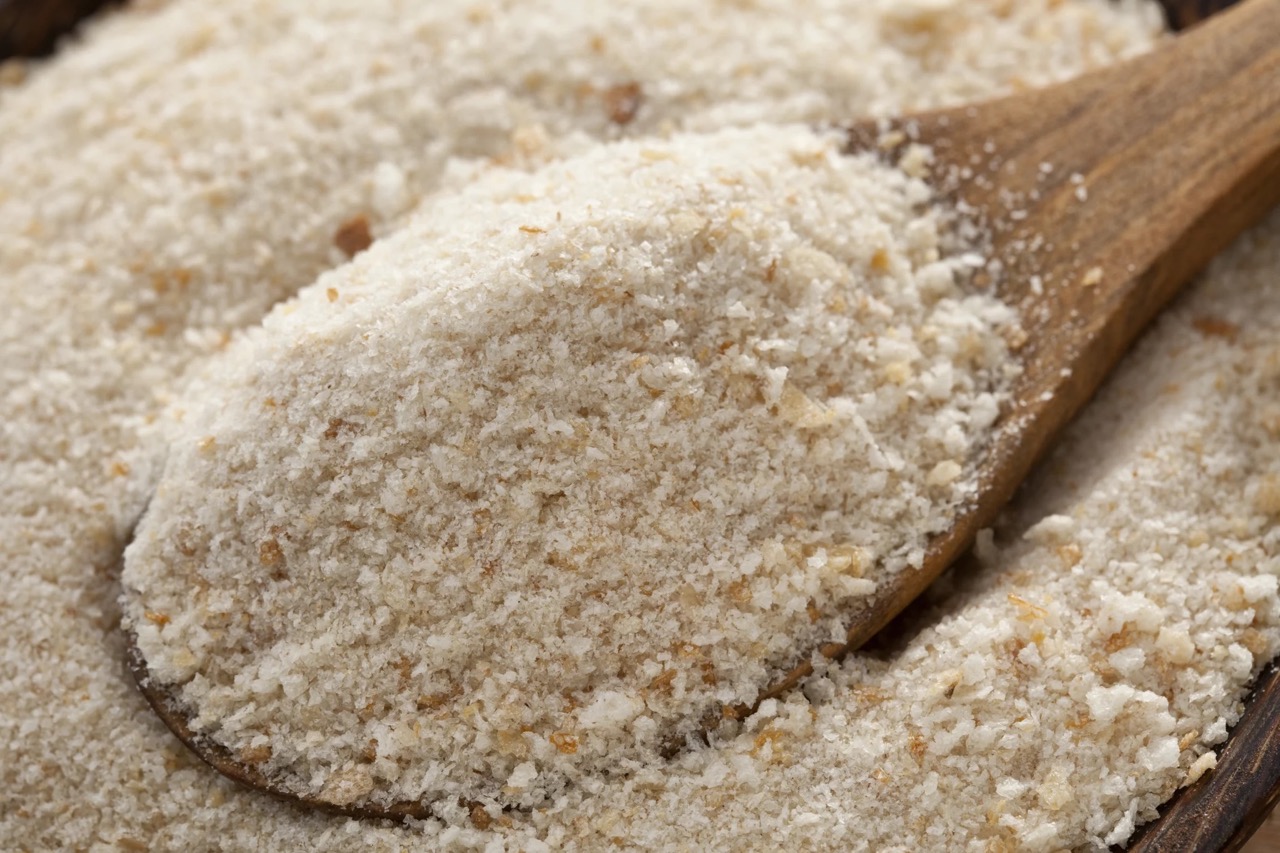
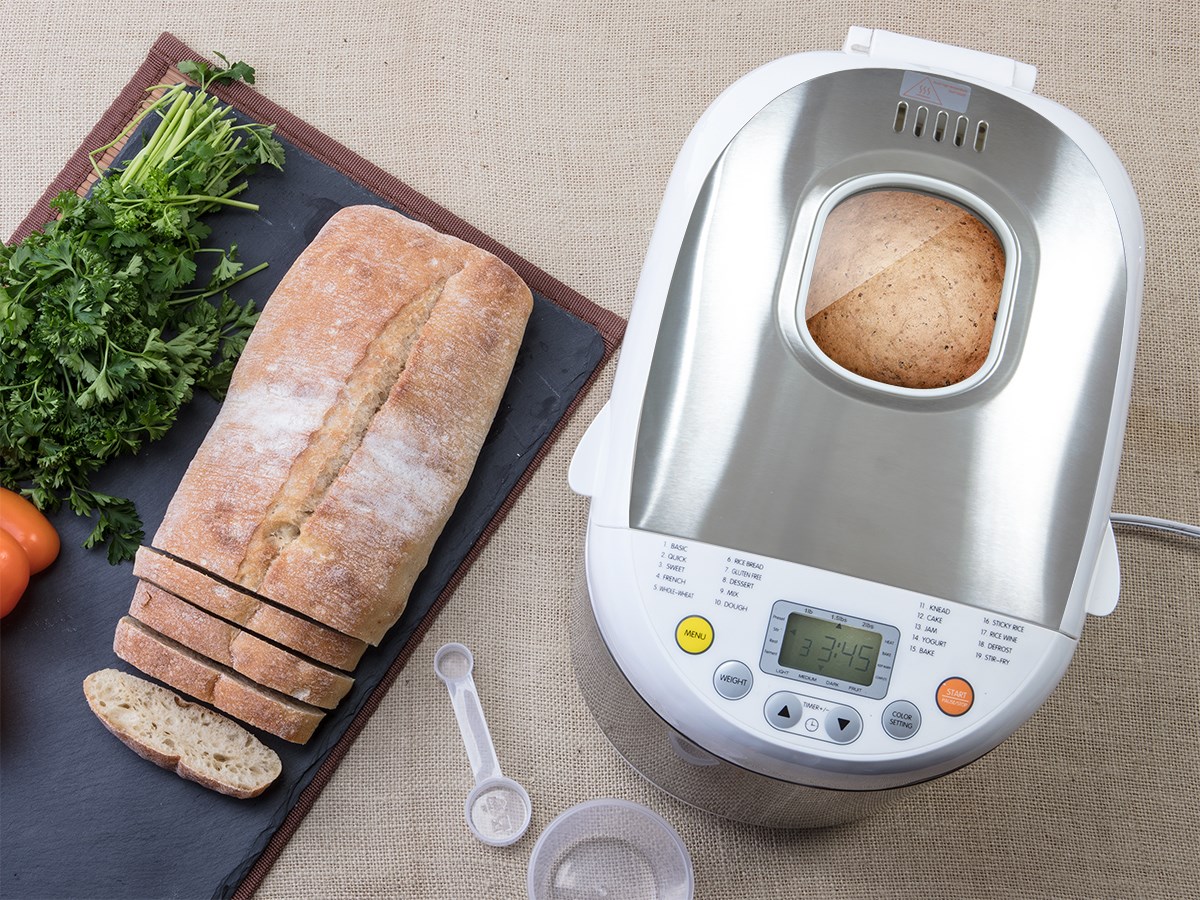
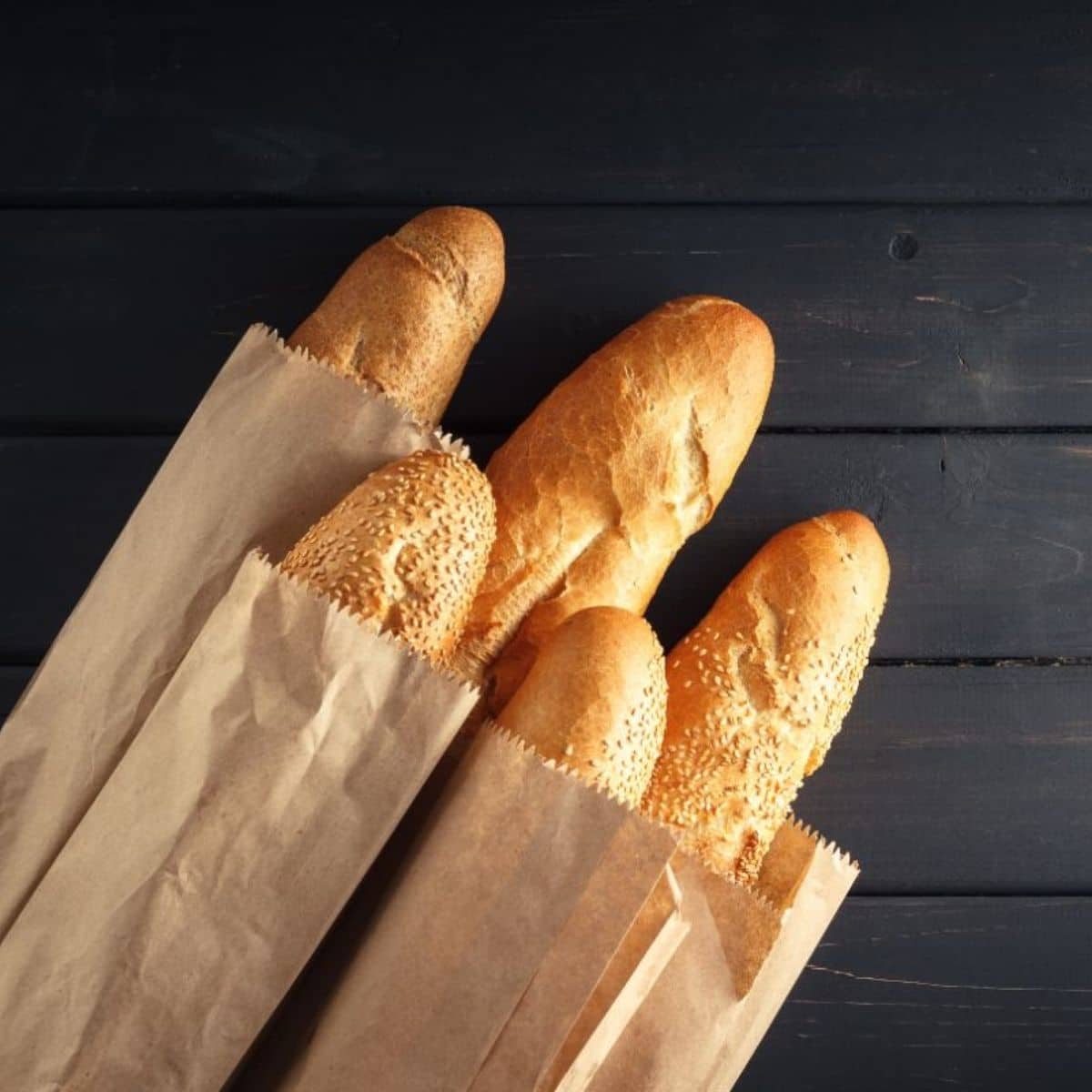
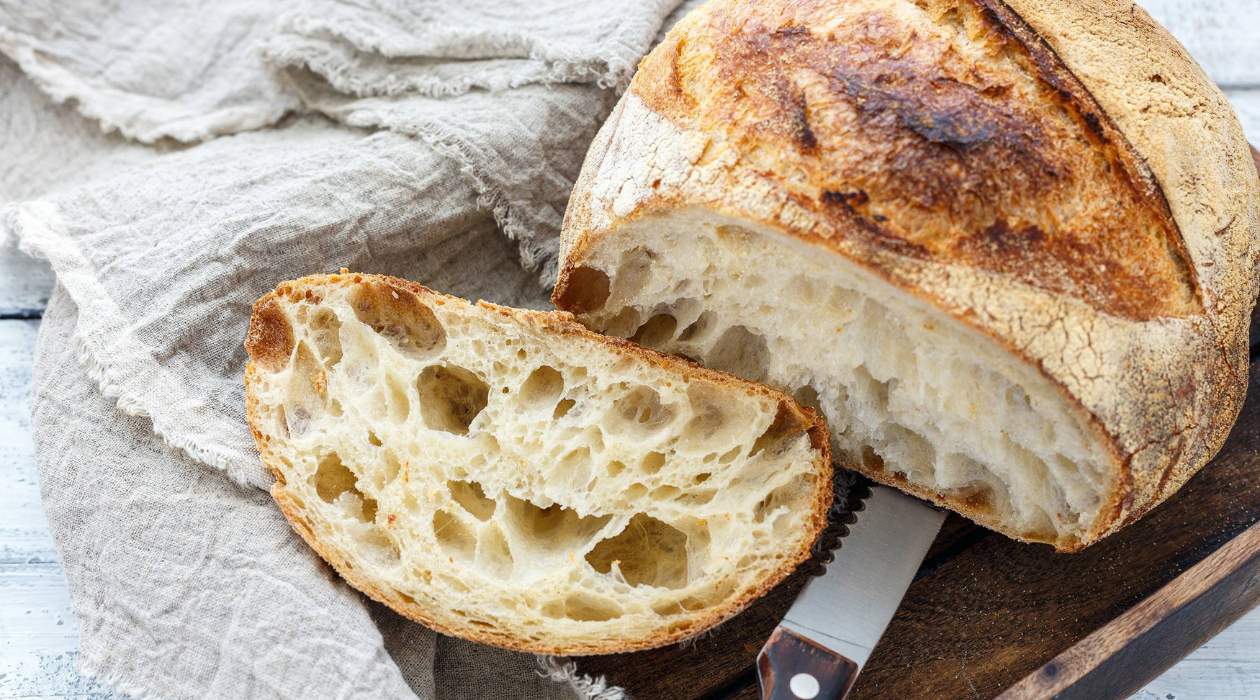
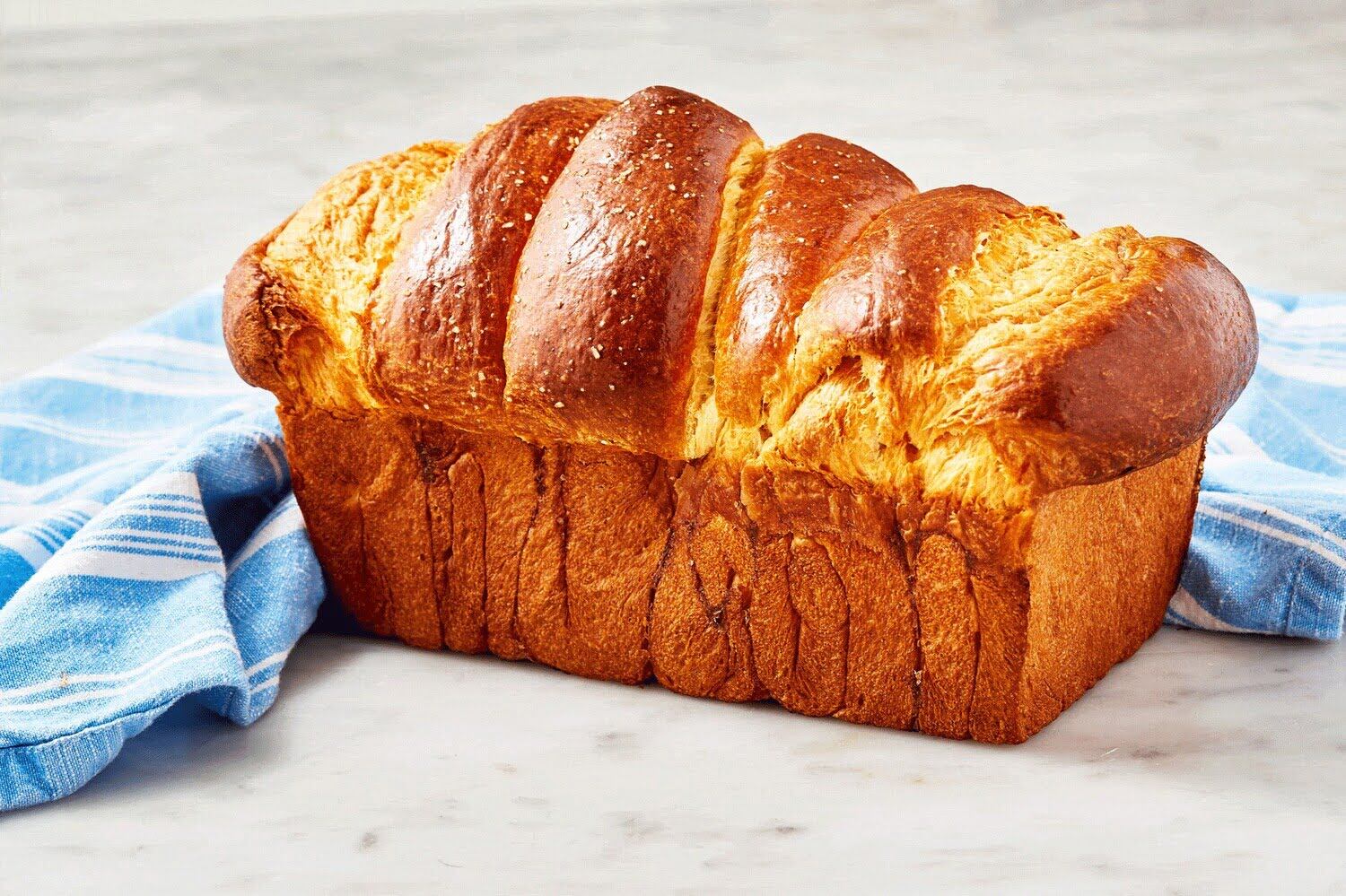
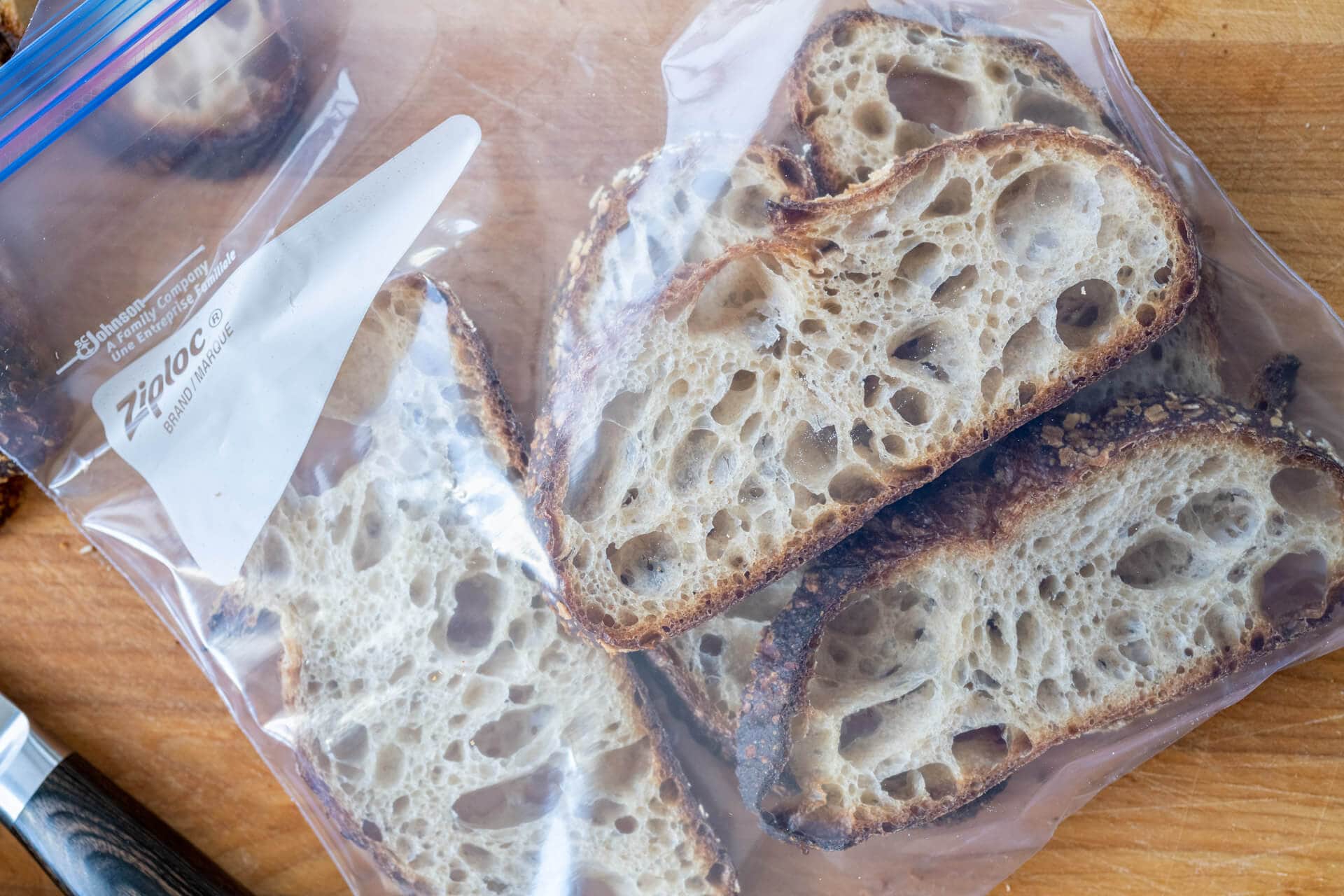
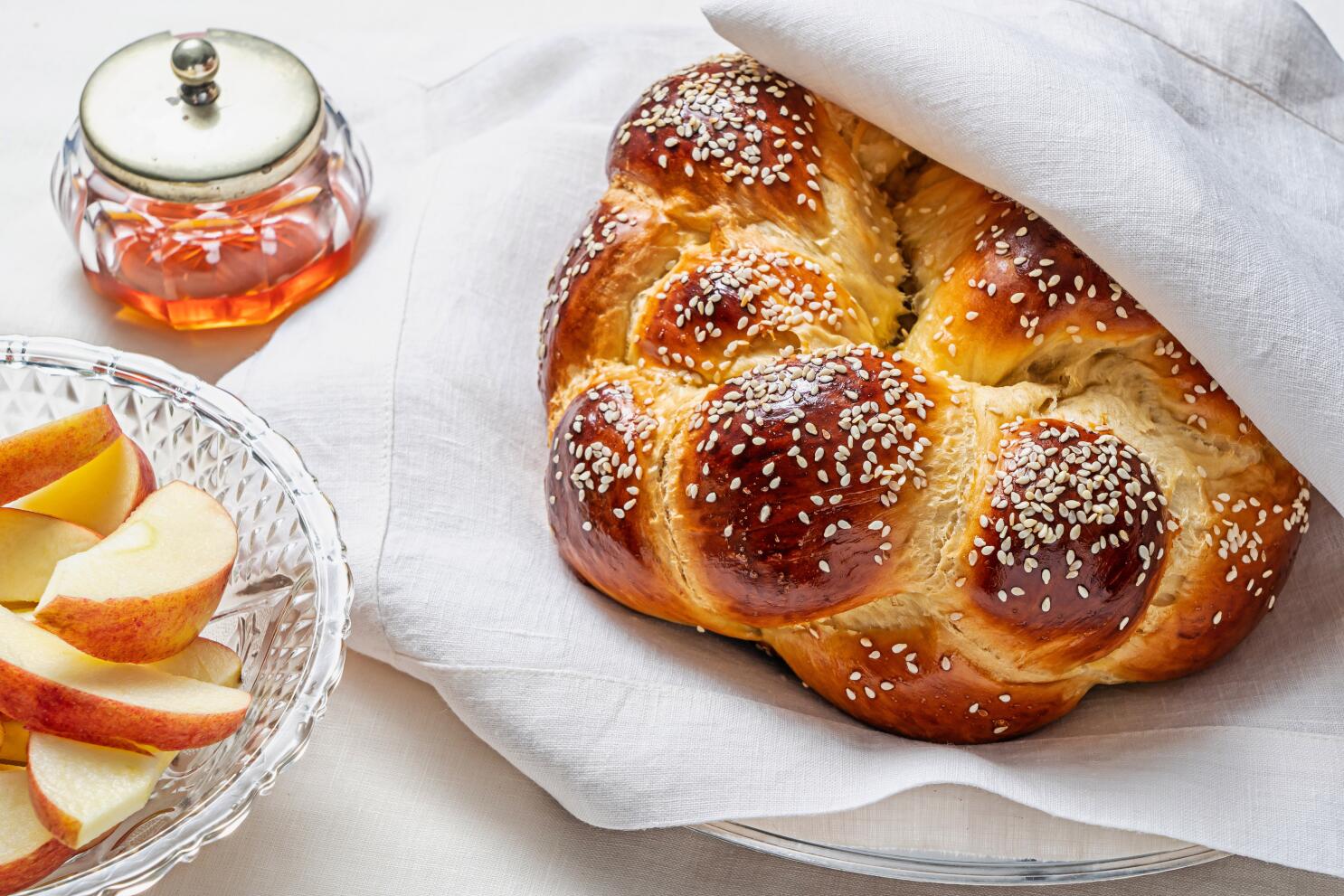

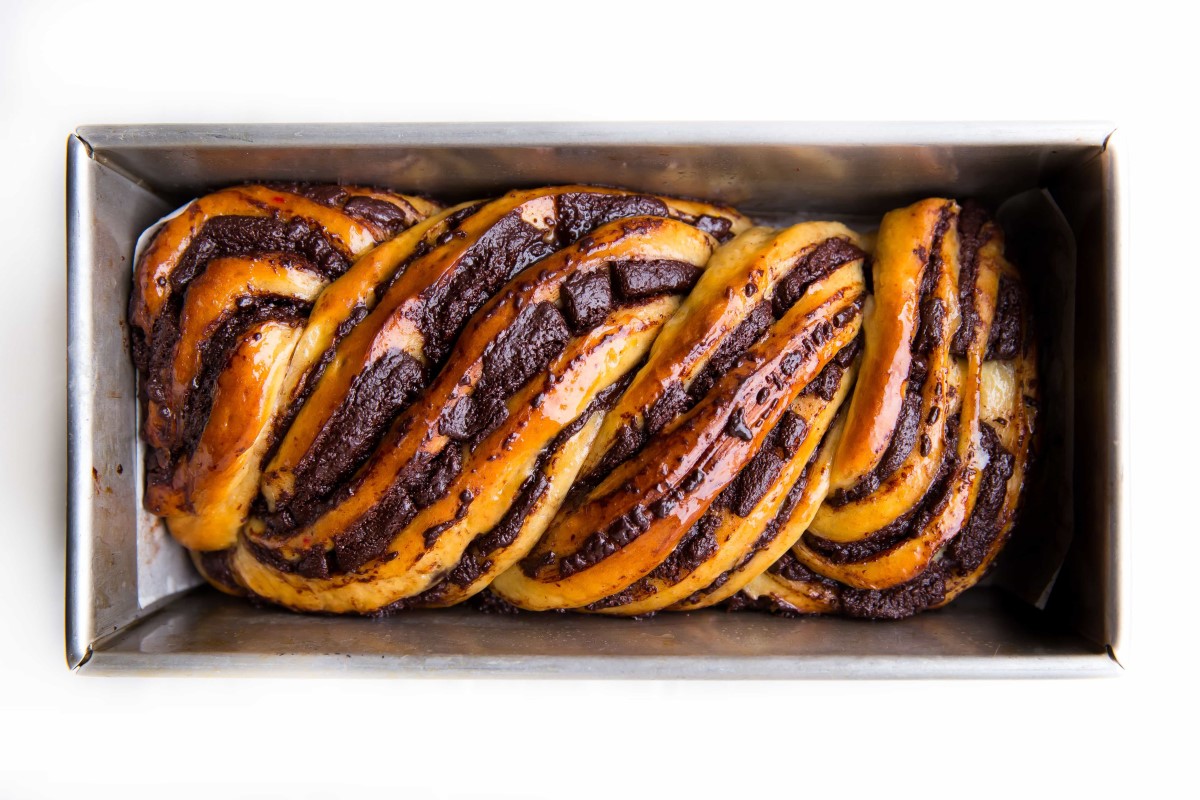
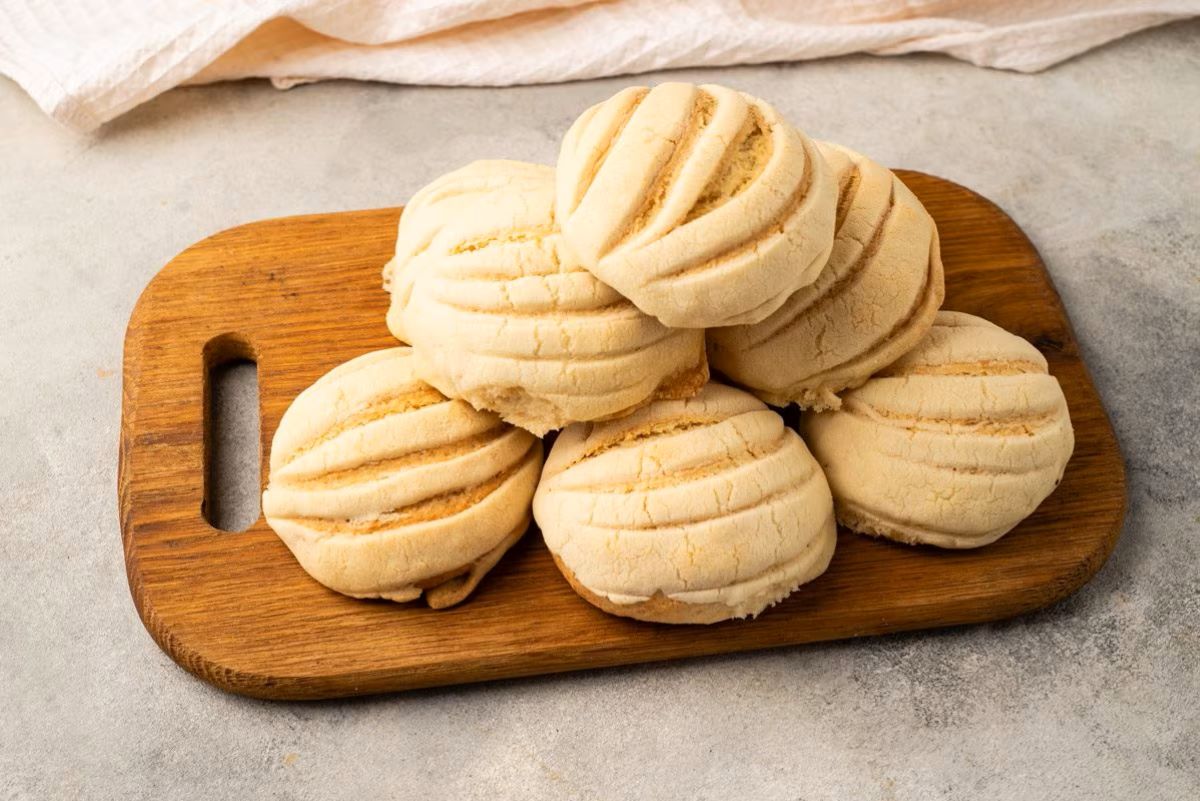
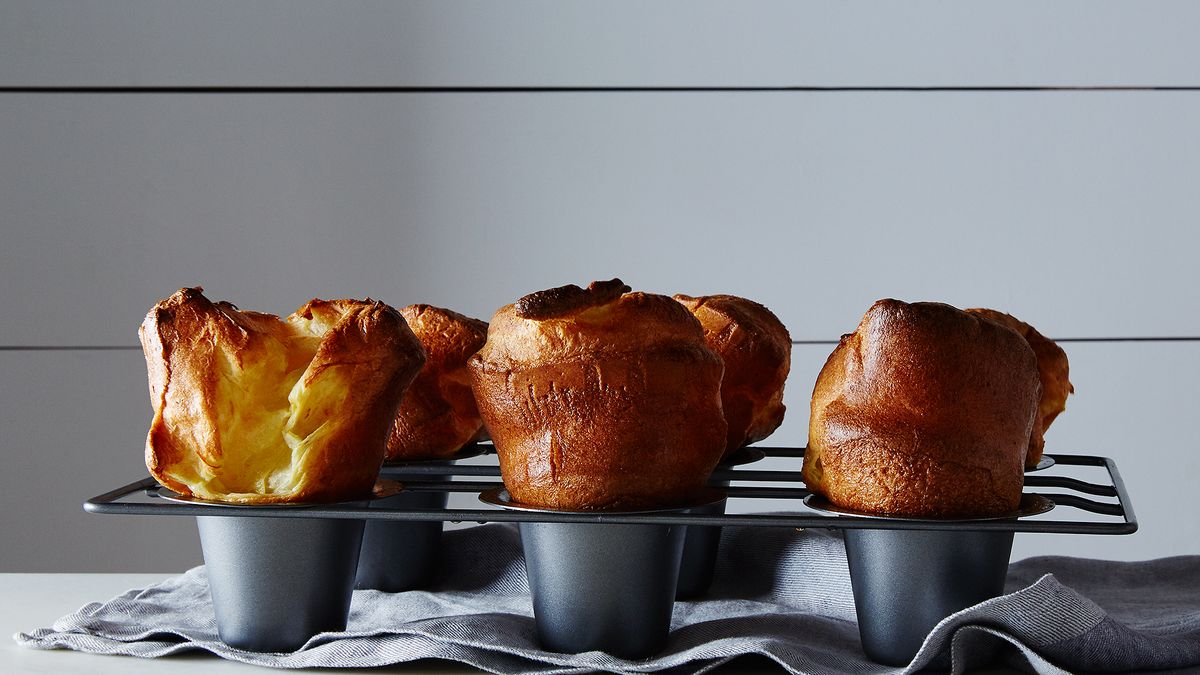
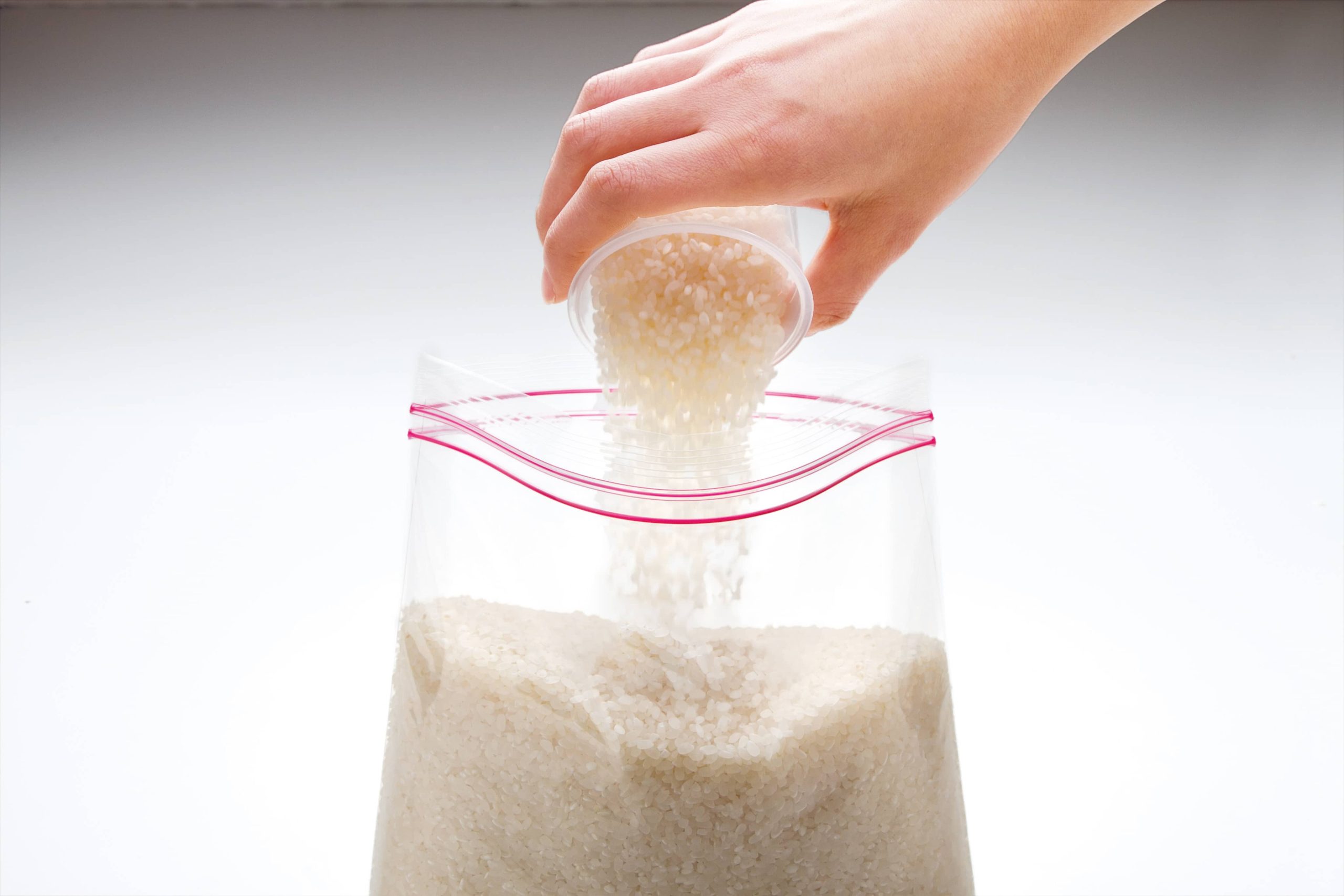


0 thoughts on “How To Store Bread Crumbs”